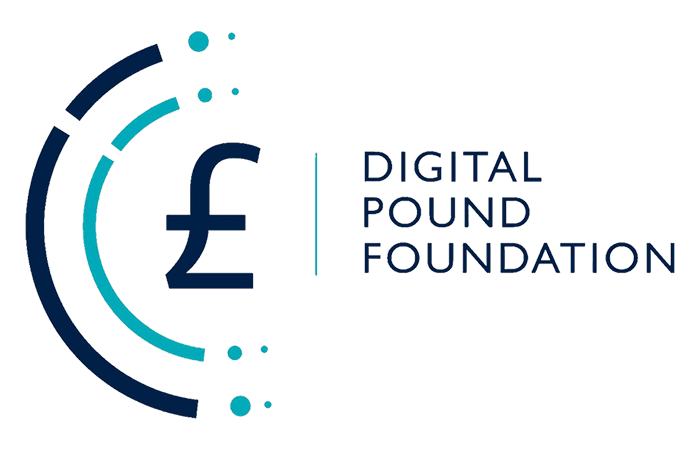In a notable speech this week, European Central Bank (ECB) Director Piero Cipollone advocated for the creation of a European ledger to support tokenization in capital markets. This would serve as the EU’s equivalent of a Unified Ledger. Cipollone acknowledged the difficulties in establishing a traditional Capital Markets Union, particularly the need for greater legal harmonization. He also pointed out the risks associated with digital assets and distributed ledger technology (DLT), but emphasized that the EU should seize the opportunity to create a Digital Capital Markets Union rather than view tokenization as a threat. His remarks were made during a Bundesbank Symposium.
Cipollone proposed that a European ledger could integrate tokenized forms of central bank money, commercial bank money, and other digital assets into a shared, programmable platform. He likened this to the evolution of T2S, the EU’s high-value payment system for securities settlement in central bank money, into a DLT-based financial infrastructure for Europe. In this analogy, central banks would provide the underlying platform or “rails”, while market participants would provide the digital assets or “trains”.
Since May, the ECB has been coordinating DLT trials within the Eurosystem for wholesale settlement using central bank money, with the involvement of 60 private sector organisations. This has demonstrated a high level of interest and engagement. However, while the EU’s DLT Pilot Regime, which eases certain regulations, has not yet gained widespread adoption by established financial institutions, the first startups are expected to be approved soon.
One key driver behind the development of a retail digital euro has been the loss of sovereignty over payment systems to large entities like Visa and Mastercard. A similar concern is driving the push for capital markets reform. Cipollone warned that if the EU fails to act swiftly while other jurisdictions move ahead, financial activities could migrate elsewhere, with non-EU entities taking a dominant role in Europe’s capital markets.
Discussing the potential of tokenization and DLT, Cipollone noted that these technologies could not only improve efficiency but fundamentally transform the structure of financial intermediation, a system that has remained largely unchanged for centuries.
He also identified three key risks in the shift towards tokenizing financial markets. Firstly, many current initiatives have focused on issuance, particularly of digital bonds. However, the growing number of issuance platforms is leading to fragmentation, potentially more severe than that caused by the current system of separate central securities depositories (CSDs). A coordinated approach could mitigate this issue.
Secondly, institutions are eager to use cash on-chain, but if central bank digital cash is unavailable, they may turn to tokenized deposits or stablecoins instead.
The third risk concerns the unknown. While tokenized securities carry the same risks as traditional securities, new risks could emerge, depending on the settlement asset. For instance, using a money market fund-backed asset could introduce liquidity risks and heightened volatility during periods of market instability.
Cipollone stressed that central banks must ensure the ongoing role of central bank money and promote robust, stable, and integrated capital markets. He acknowledged the challenge of choosing a single technological approach. Opting for one technology could stifle innovation, while promoting interoperability between various networks, including existing systems, would allow for more flexibility, though at the cost of some efficiency.
Looking ahead, Cipollone hinted at the possibility of extending the ECB’s current DLT settlement trials, which are set to conclude next month. The ECB and Eurosystem are considering how to build on the trial’s findings, potentially extending the timeline or making some solutions permanent. There are also plans to explore the use of DLT-based assets as collateral in the Eurosystem. Switzerland’s central bank, for example, extended its wholesale CBDC trial by two years and already accepts DLT-based collateral.
Cipollone noted that some interim interoperability solutions are being viewed as temporary measures on the path to achieving the EU’s longer-term vision. This could be a reference to the Trigger solution used in current settlement trials, which links DLT platforms to the traditional T2S settlement system rather than using a fully digital currency.
In his concluding remarks, Cipollone emphasized that the EU is not merely responding to technological change but actively shaping a more efficient, innovative, and resilient financial future for Europe.





























































